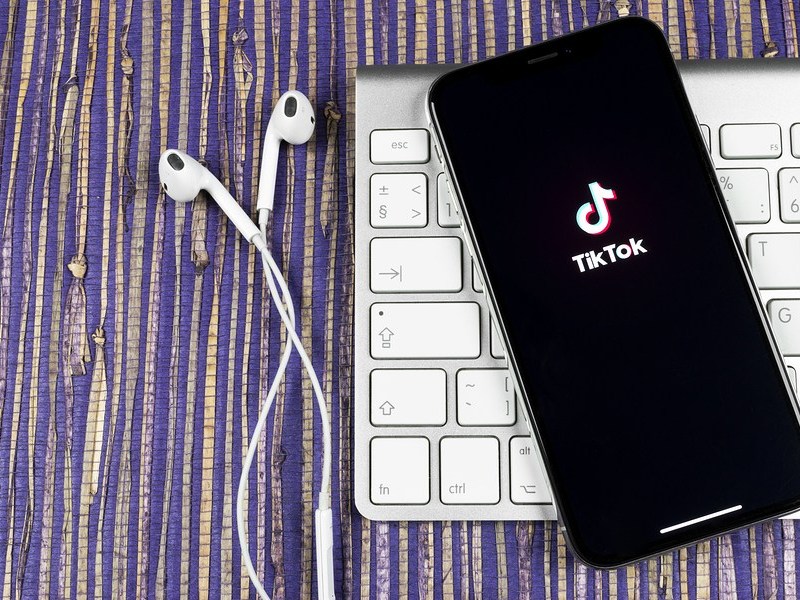The economic engine of social networking platforms is the followers (or fans) and the “likes”. Scammers take advantage of this economy, while others look for ways to grow their followers in an inorganic way by posing as popular creators and celebrities.
In the first part of our two-part series on TikTok scams, we look at the tactics involved in getting users to register on adult dating sites and pay for fake premium Snapchat accounts.
Here, in the second part, we look at the ways in which scammers pose as popular free tiktok likes to get a genuine follow up without having to create original content. In addition, we explore the proven method of providing users with free followers and “likes” for their own legitimate accounts, and using them as pawns to make money.
Phishing accounts
“Who are you? I am you. I am me. No, sir, you are you.”
Another trend I observed in TikTok is the presence of phishing accounts. Impersonation on social networks is not new at all. Recently, we documented how scammers tried to defraud each other by posing as an account called the Sudan Meal Project that claimed to be donating meals to Sudanese civilians. In some of my previous research, I discovered a series of Instagram accounts posing as lottery winners.
In TikTok, while the vehicle may be different, the destination is the same: impersonation in order to gain followers before it becomes a personal account.
Salice Rose, popular creator of Vine, YouTube and TikTok videos, is one of many users who have been impersonated on TikTok.

In the image above, the original Salice Rose video is on the left side of the panel. On the right side, an impersonator downloaded the video of Salice and reloaded the same video, copied the video legend and added some hashtags. In this case, the impersonator’s video appeared in the “For You” section of the TikTok application.
To trick users, the impersonation account uses non-standard characters in your username, because “officialsalicerose” is already registered. In this case, the impersonator uses an “s” with an accent (ś) and an “e” with a macro (ē) at the end of the username.
Despite the fact that the real Salice Rose had a verified “popular creator” badge on her own profile, the impersonator managed to gain over 7000 fans on her account in no time. This is probably a byproduct of the impersonator’s videos that appear in the “For You” section for other TikTok users. This is the first impersonator of Salice Rose I found.
However, not everyone who encounters these phishing accounts falls into the trap. There were examples of TikTok users commenting on videos in the impersonator’s profile, one of which said “stop trying to upload videos that aren’t yours, because it’s NOT your account”, and another which said “you’re just hurting people’s feelings”. This provoked responses from the impersonator to dismiss the criticism and appeal to those who “hate” it.
Unlike Salice Rose’s first impersonator, this second impersonator began posting videos of himself, as well as modifying the profile image and biography. The impersonator took these steps after gaining more than 52 000 followers and more than 83 000 “likes”. Like Salice Rose’s first impersonator, this account’s username also uses non-standard characters.
Impersonators joke about a face “revelation
The impersonator uses his impersonation account for his benefit by mocking the fact that they might reveal his true identity to his followers.
Finally, they post a video that reveals their true identity, often encouraging followers to follow their live broadcast “to see more.

